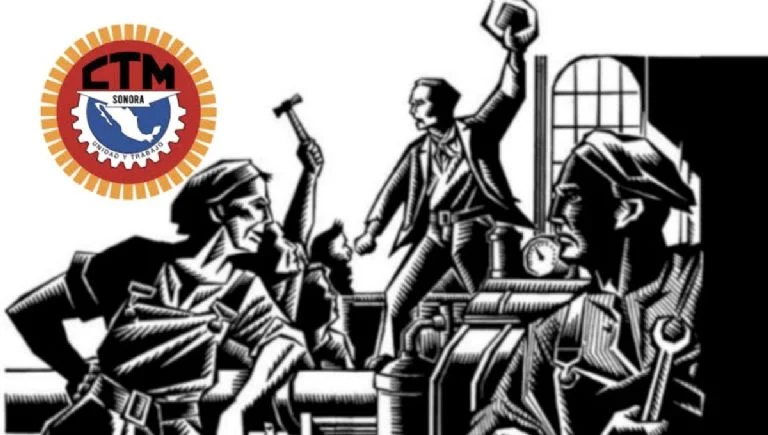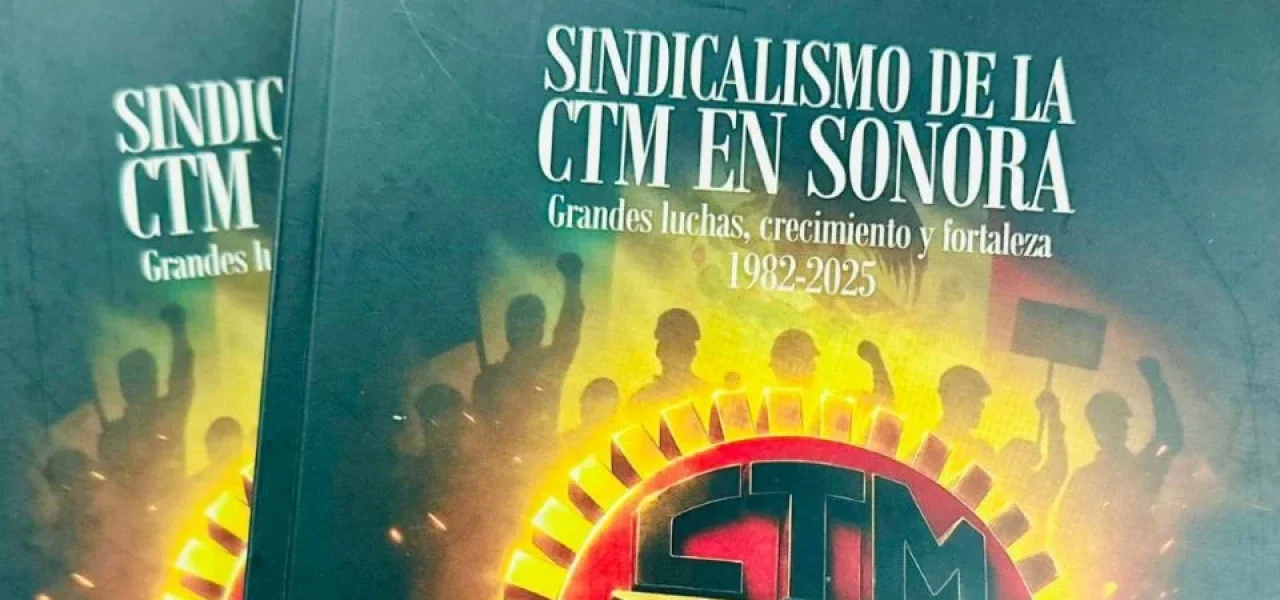My encounters with the CTM over the course of many years were not good encounters. Of leaders that promoted employer-protection unions, of violent actions, of agreements with companies without consulting the workers, of lack of transparency in their union finances, of unconditional allies of the government in place at the time in order to use the workers as political pawns.
In 1981 I was a close witness to the kidnapping of workers, layoffs, threats against workers that had jobs at Tremec, an automotive transmission equipment manufacturer located in the city of Querétaro, to prevent the free election of their union leaders outside of the CTM.
In 1990 I witnesses the aggression by gunmen of that time against Ford Motor Co. workers at Cuautitlán Izcalli, State of Mexico, who protested the deduction of more than 90% of their year-end bonus “by a mistake” made by the company in the calculation of their taxes. Instead of receiving the equivalent to 10,000 pesos, 20 pesos made it into their accounts as compensation.
Present were Wallace de la Mancha, Guadalupe Uribe and others who, machine guns and pistols in hand, went making threats from department to department in order for the protest to stop. They shouted: “If you continue protesting, you will really get screwed.” As a worker left the cafeteria, they shot him twice in the back; it was January 8, 1990. His name was Cleto Nigmo Urbina, and he died two days later.
A lot of true stories can be told in which a certain type of CTM member was used by companies to quash any attempt at union freedom and collective bargaining.
On October 24 I learned other stories of workers and leaders that sought to exercise democracy from within the CTM [Confederation of Mexican Workers]. Also in their efforts to defend workers’ rights, they faced the denial of union registrations, with layoffs, and even with threats of imprisonment from the governors then in office in the State of Sonora.
A 265-page book titled “CTM Unionism in Sonora” was presented, recounting the alliance in this state between the CTM and the National Center for Social Promotion (CEMPROS), presided by José Merced González, a man of great moral stature who was always at the side of the workers and who dedicated himself until the end of his life to the union and political education of the workers in order to strengthen their organizations.

In that book I learned about a parallel world of workers at Ford Motor Co. in Hermosillo, Sonora who started to get organized against their leader, Juan José Sosa, “clearly favoring the company and who, by 2009, was full of arrogance and corruption.” Despite his removal from office, the Federal Conciliation and Arbitration Board denied official recognition to the leader that was elected by the workers. It was then that they formed the National Progressive Union of Ford, which was able to oust that predatory leader.
Francisco Bojórquez Mungaray and Javier Villareal Gámez became the promoters of a CTM in Sonora that was more committed to the workers. They had the support of Francisco Contreras, current leader of the Union of Workers of the Radio, Television, and Telecommunications Industries (STIRTT), who provided them with union facilities.
They resorted to workers’ mobilizations with protest marches to obtain the recognition of the leaders elected by the workers of Huatabampo and Cajeme, in Sonora upon the refusal by the president of the Conciliation and Arbitration Board to grant official recognition of their union representation. They took the facilities of the labor authorities, and the police threatened them with the arrest of their leaders.
The book describes dozens of mobilizations that have had to be conducted. From women working in the maquila industry who decided to get organized in order to improve their working conditions. It tells about female workers in the textile industry at a factory that made garments who went on strike at the beginning of 1992 due to the elimination of a monetary bonus.
They say that while “the women were singing around bonfires, the police arrived” and they started striking the workers. “Pushing them, yelling at them and hitting them, they emptied out the facilities and dismembered the movement.”
Both Bojórquez and Villarreal appeared at the office of Manlio Favio Beltrones, then governor, complaining about the regression against hundreds of maquila industry employees. The books recounts that the governor, with “an authoritarian stance” answered: “I gave the order.”
The workers’ representatives demanded from the government the reinstitution of the jobs of the female workers that were laid off. The government, under pressure due to the workers’ mobilizations, agreed to intervene and said: “I will talk with the company so that they reinstate the bonus.”
It talks about the discontent of close to 8,500 workers of the Maquilas Tetakawi Union, who suffered for 18 years under a head of the union leadership that was allied with the company and that, getting organized, they were able to have dismissed.
The book “CTM Unionism in Sonora” tells the story of the struggle of female workers to gain a place in union organizations. It was in 1990 that a woman worker was elected for the first time at the Hermosillo Union of Maquila Industry Female Workers. It was not easy, it all hinged on the national union, which did not allow the election of local delegations. They achieved it by means of sit-ins and protests.
The transformation of the CTM in Hermosillo though a democratic battle started in 1990 with the arrival of the Ford company plant, with the end of company unionism and of union corruption of calls to strike for extortion.
They had to confront old state leaderships of the CTM, the established business sector, employer-backed law firms and state governments that represented a formidable obstacle. Breaking the unwritten pact of not unionizing the workers of the maquila companies. Changes and glimmers of hope are emerging in the labor movement.
On other Matters
A singular forum was held on October 27, in which the urgency of strengthening union activity in preparation of the coming review of the USMCA, which foreshadows great difficulties for the country’s workers.
The event was led by Alejandro Martínez, head of the SNAC [National Food and Commerce Union], together with Tereso Medina, CTM leader in Coahuila, Gilberto Chávez, of the IPD, Elizabeth Echeverría of the ILO, Oscar de la Vega Castillo, employers’ lawyer, Ricardo Espinoza of the CAT, Humberto Huitrón, union advisor, and the author of this column. The debate was moderated by Justice María del Rosario Jiménez Moles.
Complaints were expressed during the event on the dismantling of labor institutions caused by budget cuts, which complicates the protection of union freedom and collective bargaining.



